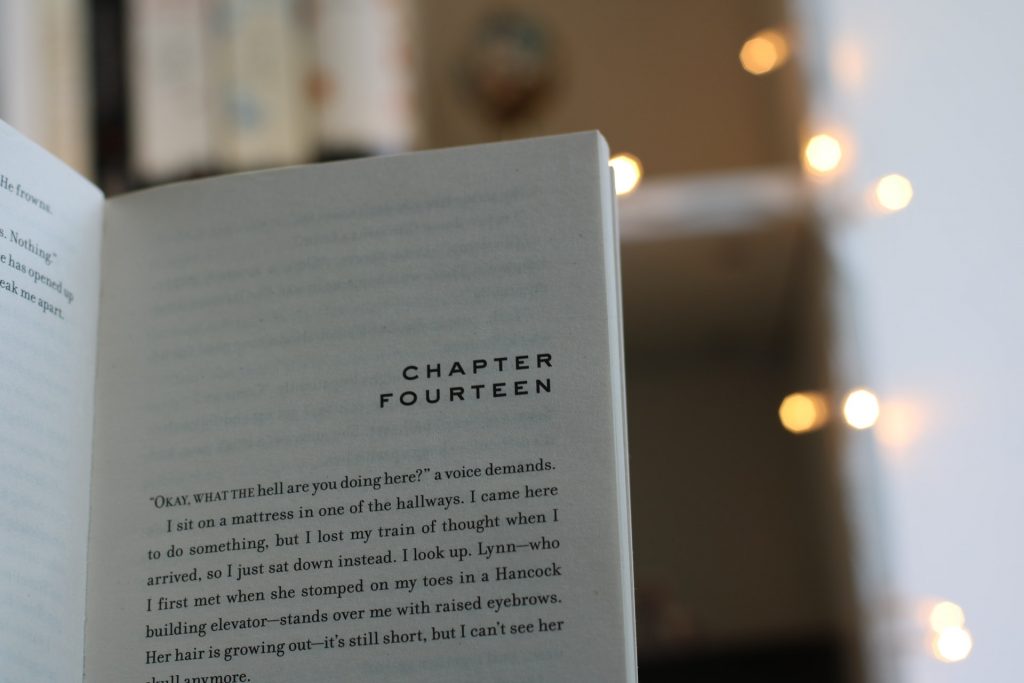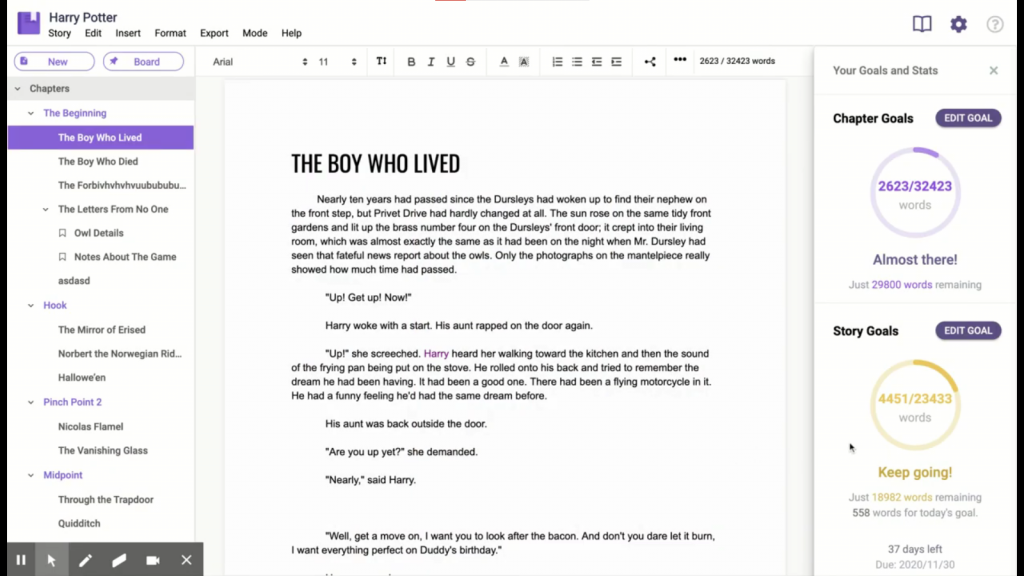How Many Chapters Should My Novel Have?

Writing a novel is a massive undertaking that should not be underestimated. We’re talking about a piece of literature that can easily span 60,000 to 100,000 words borne out of a person’s imagination and creativity (except nonfiction, of course, but the amount of creativity poured into it is not negligible, nonetheless). As an up-and-coming author, there are a lot of considerations that you might be thinking of when starting to write a novel. One of those questions is easily how many chapters your novel should have.
We can give you the answer right off the bat, because there’s simply no magic number that would instantly make your novel a banger. A traditional novel stays around 12-28 chapters but virtually nothing is stopping you from having 200 of them. However, the better question to have is actually “when do I want to put chapters in my novel?”
What Do Chapters Do?
To know how many chapters your novel might need, it’s important to understand what exactly is the purpose of a chapter. Chapters mainly serve a practical purpose: to identify a point in the story where readers can take a break, perhaps to end a reading session or to understand what exactly has happened thus far. Chapters are often there for the reader as checkpoints where they can place their bookmarks and have an idea of where to continue after a break, without breaking away from the plot of the story.
With that said, chapters can also serve as logical milestones for you during the planning phase. If you’re an architect-type writer, it’s likely that you have already plotted out the scenes in an outline. For the most part, you can have a goal outcome or intended state of the plot at the end of a chapter, helping with the organization of your story.
When Do I Start/End a Chapter?

Knowing where to start or end a chapter is primarily decided by the pacing of your story. In writing the first draft of your manuscript, it’s perfectly normal to not know where to end a chapter, so it’s fine to leave the chapter division process until after the draft is completed.
If you’re done with your first draft, then congratulations! You’ve gone past the strenuous phase of writing a novel. It’s time to go over and do some basic editing, which is where you can start deciding on putting chapters. Even if you are an architect, you might have changed some scenes from your original outline, which can call for some “re-chaptering.”
Since chapters indicate a point for your readers to take a break, it’s normal to chop your story into chapters where a major event has ended, or where the conflict for a scene has been resolved. This allows a breathing room for readers to catch up and concretize the current state of the plot in their heads, especially after an eventful chapter. If a scene ends up a bit too long for your liking, it also makes sense to break it into two chapters. The main point is to end a chapter in a logical point of the plot.
However, you can also do basically the opposite and instead end a chapter where a conflict is brewing, or a suspenseful scene has just started. Cliffhangers, as what these are often called, serve a different purpose: they rouse the reader’s curiosity and instead push them to continue reading the novel. They’re effective plot devices that keep your readers engaged with the story and embody a chapter’s hidden purpose of stimulating a reader to read on.
How Many Words Should a Chapter Have?
If you do want a hard number as a goal word count to hit for each chapter, then you would have to understand the genre that you’re writing on and take hints of an average chapter length from other novels. For example, YA novels tend to have a total word count of 55,000 to 80,000, with around 12-27 chapters. This would give you a ballpark of 3,000 to 5,000 words per chapter. Sci-Fi and fantasy novels, which often explain complex phenomena in their custom world, would have a higher word count than YA novels. It would make sense, then, that their chapter word count would be higher.
LivingWriter’s Story Goals and Chapter Goals are the perfect features to help you out with this problem. Story Goals allows you to indicate a deadline for your entire manuscript as well as your goal story word count. LivingWriter then automatically determines the number of words you’d have to write per day to hit your goals. Chapter Goals allows you to determine the goal word count on a per-chapter basis, which is extremely helpful if you don’t want a chapter to end up too short or too long.

What Happens in a Chapter?
You can treat each chapter as a mini-story inside your story: they have their own mini-plots where they attempt to achieve something in the story. As in a plot, the beginning part should stimulate a reader’s curiosity, the middle part should retain their interest, and the end should prompt them to turn to the next page.
Although it’s not required for all chapters to be eventful, there should be some significant change that indicates a progress in the plot. It doesn’t have to be an action-packed scene, but a scene of reflection and contemplation where something inside a character changes can also work. This rewards the reader some satisfaction for finishing the chapter, and prod them to know what would happen next.
So, How Many Chapters Should A Book Have?
As stated at the beginning, there is no one simple answer to the question. Again, you can have none to 200 chapters in your story if you feel like it. However, you can look into considerations and understand the pacing of your story to have an idea of how to break your story apart into digestible chapters.
It also helps to look into other books of your genre to get a hint of how popular authors place chapters in their own books. For example, The Fault In Our Stars and Twilight, both romance novels, comfortably sit in 25 and 26 chapters, respectively. However, the former only has around 65k words while the latter has almost twice of it, with 118k words. The increase in word count can be attributed to the fact that Twilight is also a fantasy novel, which can demand more words than a contemporary fiction novel like The Fault In Our Stars.
Regardless of your genre, LivingWriter is designed to help authors of all genres in determining and controlling their manuscript’s word count. With its powerful set of features, we aim to empower you as a writer to write your story at ease.